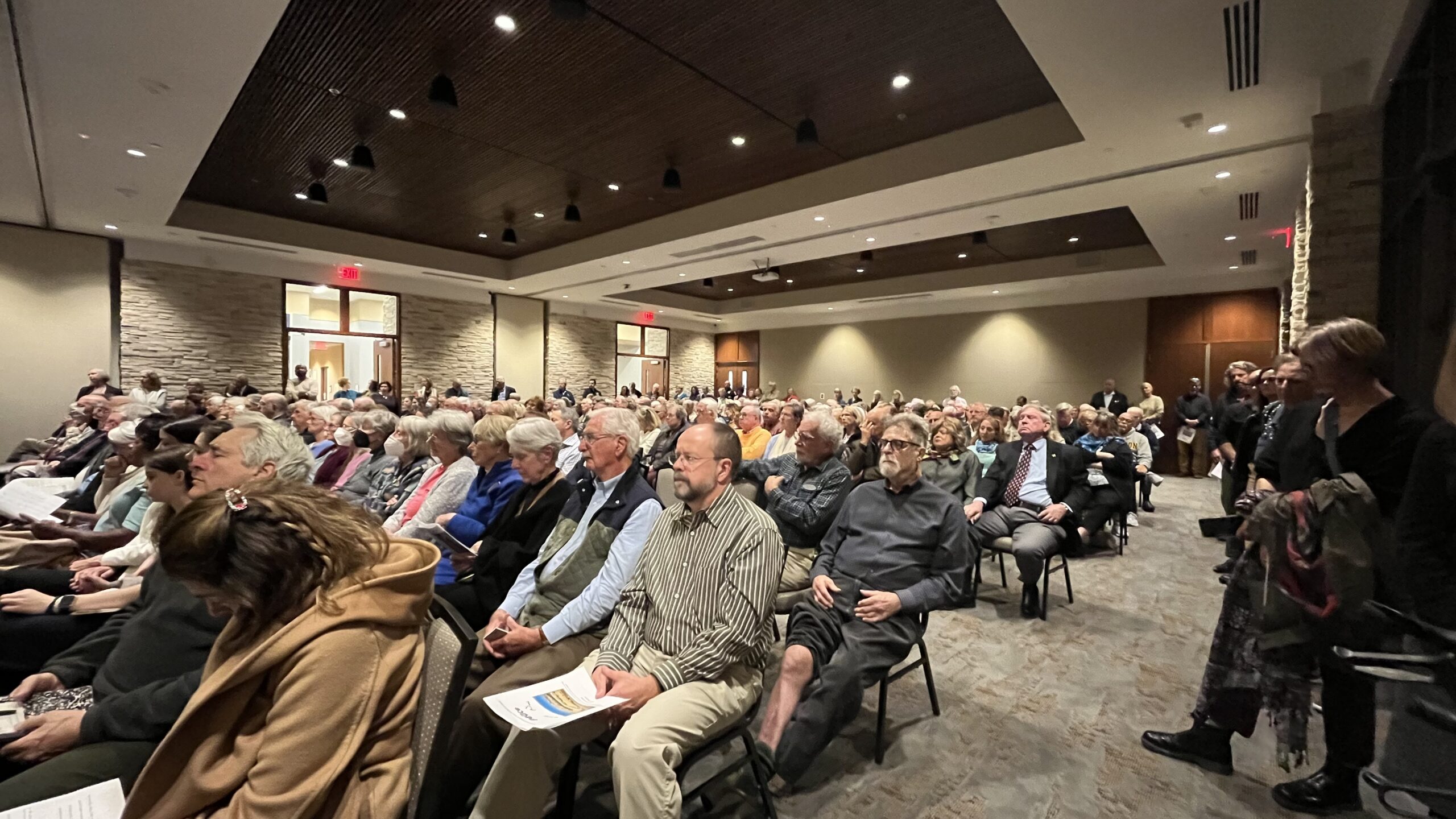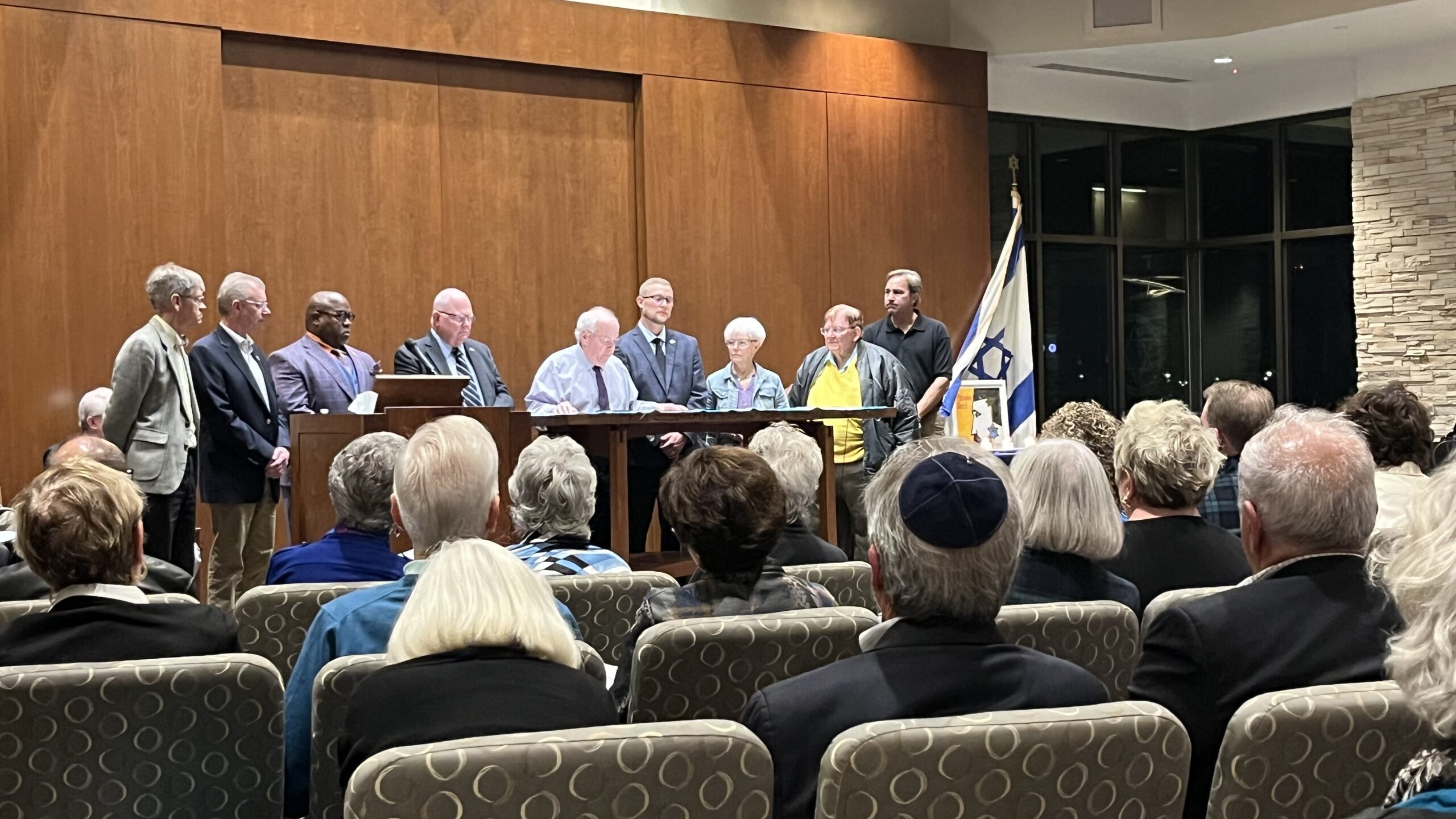As the opioid crisis continues, efforts to combat the problem are likely to be a point of interest in the upcoming 2024 Maryland General Assembly session.
“The opioid epidemic persists, though the primary substances involved in overdose fatalities are evolving. State efforts are in place to address continued behavioral health needs,” Department of Legislative Services analysts wrote in a report previewing likely topics of legislation.
The ever-evolving opioid crisis is complicated by the rise in fentanyl and other drugs that increase the chances of fatal overdoses. One of the drugs being tracked by state officials is xylazine, a veterinary medicine that has been more frequently found in fatal fentanyl overdoses, according to the Maryland Xylazine Workgroup and Maryland Overdose Data to Action Team.
To study the issue further, the workgroup was established as part of the Overdose Data to Action (OD2A) implementation, a federal program out of the Centers for Disease Control and Prevention that provides states with data to combat fatal and non-fatal overdoses.
“Xylazine is an emerging public health threat that could exacerbate the overdose crisis, complicate overdose prevention, and further drain already limited public health resources,” according to a report from last year that was recently updated with data from 2023.
While xylazine has been used in combination with opioids for more than a decade, the presence of it in overdoses have been increasing over the past few years. The drug is sometimes referred to as “tranq” and “zombie drug” and can lead to skin wounds and ulcers.
The workgroup’s report was initially released in 2022, but added an addendum in mid-November with data on drug paraphernalia samples that continues to show a large presence of xylazine.
Xylazine is not currently approved for human use. It is a respiratory depressant that is used as a sedative for animals, and is also used in euthanizing dogs. However, it can enhance and extend the effects of opioids, and is often used in combination with illicitly manufactured fentanyl or other drugs.
“The combination of xylazine and IMF (illicitly-manufactured fentanyl) can overpower the autonomic nervous system and increase respiratory distress to the point of overdose. In addition to increasing risk for overdose, xylazine is resistant to overdose reversal with naloxone. Therefore, xylazine could lead to increases in non-fatal and fatal overdose and decrease the efficiency of naloxone distribution, which is among the most effective population-based strategies for overdose prevention,” the report says.
The report notes that from 2012 through 2021, there were 926 total xylazine-related deaths in Maryland, but “nearly all occurred in 2020 … or 2021,” when there were 344 and 446 deaths recorded, respectively. Overall, there was a significant increase in xylazine-related deaths in the later years of the dataset.
The report looked at post-mortem toxicology screenings of people who had died from unintentional overdoses in 2021, and found that out of 2,496 people who died of opioid overdose, almost 28% were xylazine-positive, an increase from a 2020 estimate of 17.1%.
The report notes that nearly all of the fatal overdoses that were xylazine-positive had illicitly manufactured fentanyl as a cause of death, “which strongly suggests that xylazine is being used in combination with fentanyl.”
About 60% of the 2021 xylazine-positive fatal overdoses were connected to either Baltimore or Baltimore County. The workgroup suggests that there needs to be continued attention on the geography and the demography of xylanzine-involved fatal overdoses, as Black people are over-represented in the fatal overdose data.
“Data from 2021 highlight notable disparities. Most xylazine-involved overdose deaths occurred in the greater Baltimore area, and 41% of xylazine-positive overdose decedents are Black, despite that Black people comprise 30% of the state’s population,” the report says.
Of the 2,496 Marylanders who died from a xylazine-related overdoses that year, 1,808 were men and 688 were women.
From September 2020 to December 2021 the proportion of overdose deaths that were classified as xylazine-positive exceeded 15%, with an average increase in the proportion of xylazine-positive deaths of 3.2% each month. The data shows that 25.5% of fatal opioid overdoses were xylazine-positive in December 2021.
New data added
While the recent report update does not yet have xylazine-related overdose data for 2023, it provides another angle to assess the xylazine situation in Maryland, through testing for the presence of xylazine in drug paraphernalia.
Maryland’s Center for Harm Reduction Services tested drug paraphernalia samples to track changes in drug-use trends during October 2021 through May 2023 from 15 syringe service programs, which aim to reduce overdoses by providing a safe and clean environment to use drugs and can offer additional help for people who are trying to quit. The samples are provided by clients voluntarily.
The report found that xylazine was identified in 40.2% of paraphernalia samples during that timeframe. The xylazine-positive samples have been most prevalent in Calvert, Cecil, Frederick, Howard and Wicomico counties, the report notes.
However, there was is a slight decrease in percentage of xylazine-positive samples from May 2022 to April 2023, the report shows.
In May, 318 samples were positive for xylazine, which dropped over the year to 157 samples in December 2022. There was a brief increase in January 2023 to 250 samples positive for xylazine, but that also decreased month by month to 166 positive samples in April 2023.
“There was concern that medetomidine, another veterinary substance, might become more prevalent as slightly lower rates of xylazine continue to be the trend,” the report notes, further highlighting the complicated and ever-changing nature combating the opioid crisis. However, current trends also show a slight decrease in medetomidine use too.
The report says that the new drug sampling data can also be used for additional informational efforts to raise awareness about xylazine, connect people to resources and provide information on wound care that may result from xylazine exposure.
“This drug checking data has been used to further wound care efforts in the state around xylazine, through wound care training, xylazine informational flyers for the general public, people who use drugs, and providers, and linkage to care efforts,” the report concludes.
By Danielle J. Brown






